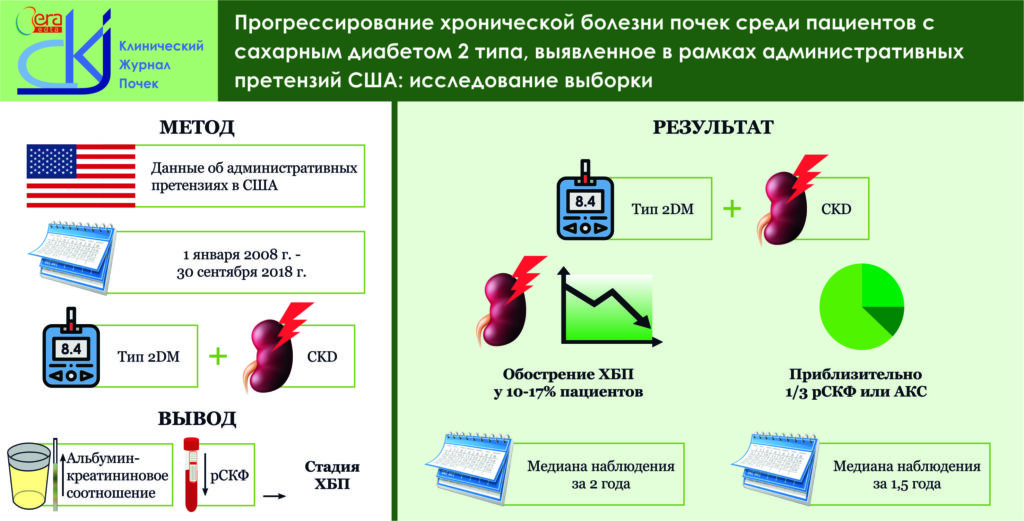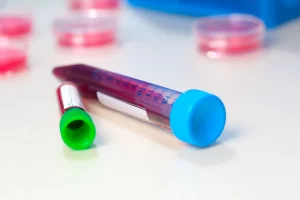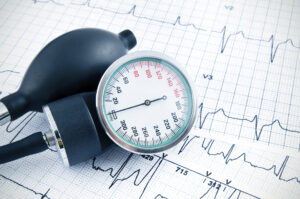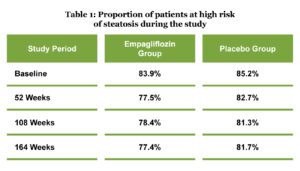Ref: Csaba P. Kovesdy, Chronic kidney disease progression among patients with type 2 diabetes identified in US administrative claims: a population cohort study, Clinical Kidney Journal, 2021, vol. 14, no. 6, 1657–1664, doi: 10.1093/ckj/sfaa200
Introduction

Chronic kidney disease (CKD) is one of the most common complications of type 2 diabetes mellitus (T2DM). Progression of CKD is associated with poor health outcomes and increased healthcare expenditures. Considering the substantial increase in CKD in T2DM patients, it is important to get a better understanding regarding the prevalence and progression of CKD. However, not many real-world studies have explored the progression of CKD based on the established markers, in T2DM patients.
Aim
- To determine the prevalence of newly recognized CKD and subsequent disease progression using laboratory-based markers in a large administrative claims data source in the US
Patient Profile
- Adult patients (age ≥18 years) with T2DM and laboratory evidence of newly recognized CKD (at least two laboratory results indicating reduced estimated glomerular filtration rate or at least two laboratory results indicating elevated urine albumin: creatinine ratio 90–365 days apart
Methods
Study Design
- A retrospective, population-based cohort study
Outcomes
- Last observed CKD stage in follow-up, based on an eGFR and/or UACR laboratory result
Results
- Data of 65,731 and 23,035 patients with T2DM was available for the analysis of eGFR (estimated Glomerular Filtration Rate) – and UACR (Urine Albumin-to-Creatinine Ratio )-based CKD stage progression, respectively.
- Amongst patients assessed based on their eGFR progression, ~50% had no change in their eGFR over a median period of 1-1.5 years.
- Over a median period of 1.8–2.3 years, disease progression from CKD Stages 3a, 3b and 4 to the next closest stage was seen in 16.9%, 11.8% and 10.2% of patients. Over a median period of 1.3-1.8 years, ~31% patients exhibited improvement in their eGFR levels. Over a median period of 3.5 years, 2% patients had disease progression over two eGFR stages
- Amongst patients assessed based on their UACR progression, ~64% had no change in their UACR progression over a median period of 1.3 years
- Over a median period of ~2 years, 10.4% patients with UACR Stage A2 on the index date progressed to the next stage. Increased UACR values were observed in ~28% of patients over a median follow-up of 1.5 years. On the contrary, <5% of patients regressed from Stage A3 to A1 during all available follow-ups
- Overall, CKD worsening was observed in nearly 10–17% of patients over a median follow-up of 2 years.
- Overall, nearly one-third of patients experienced an increase in eGFR values or a decrease in UACR values during follow-up.
Highlights
- Data of 65,731 and 23,035 patients with T2DM was available for the analysis of eGFR (estimated Glomerular Filtration Rate) – and UACR (Urine Albumin-to-Creatinine Ratio)-based CKD stage progression, respectively.
- Overall, CKD worsening was observed in nearly 10–17% of patients over a median follow-up of 2 years.
- Overall, nearly one-third of patients experienced an increase in eGFR values or a decrease in UACR values during follow-up.
Conclusions
- A substantial proportion of T2DM patients with newly recognized CKD had disease progression over a relatively short period of time. Prompt identification of these patients with rapid CKD progression is critical to address their unmet therapeutic needs.
Future studies that would determine the clinical characteristics of these high-risk patients are warranted to inform earlier diagnostic and therapeutic interventions that would retard the disease progression.





